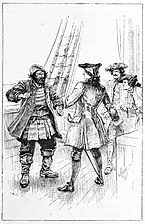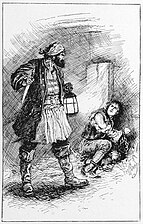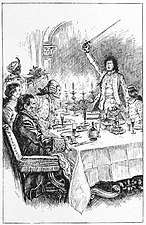
Harriet Stratemeyer Adams was an American juvenile book packager, children's novelist, and publisher who was responsible for some 200 books over her literary career. She wrote the plot outlines for many books in the Nancy Drew series, using characters invented by her father, Edward Stratemeyer. Adams also oversaw other ghostwriters who wrote for these and many other series as a part of the Stratemeyer Syndicate, and rewrote many of the novels to update them starting in the late 1950s.
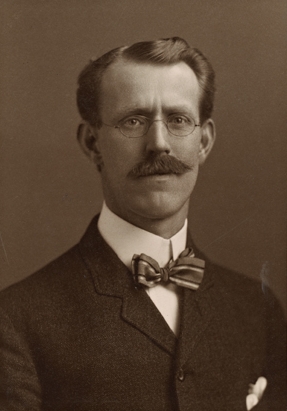
Edward L. Stratemeyer was an American publisher, writer of children's fiction, and founder of the Stratemeyer Syndicate. He was one of the most prolific writers in the world, producing in excess of 1,300 books himself, selling in excess of 500 million copies. He also created many well-known fictional book series for juveniles, including The Rover Boys, The Bobbsey Twins, Tom Swift, The Hardy Boys, and Nancy Drew series, many of which sold millions of copies and remain in publication. On Stratemeyer's legacy, Fortune wrote: "As oil had its Rockefeller, literature had its Stratemeyer."
Charles Leslie McFarlane was a Canadian journalist, novelist, screenwriter, and filmmaker, who is most famous for ghostwriting many of the early books in the very successful Hardy Boys series, using the pseudonym Franklin W. Dixon.
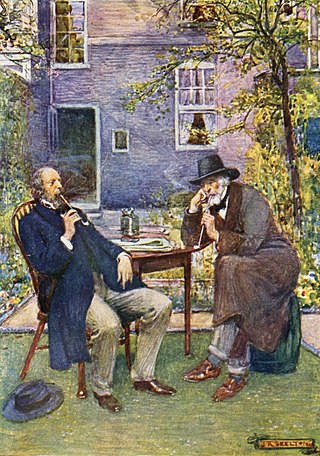
Victorian literature refers to English literature during the reign of Queen Victoria (1837–1901). The 19th century is considered by some to be the Golden Age of English Literature, especially for British novels. It was in the Victorian era that the novel became the leading literary genre in English. English writing from this era reflects the major transformations in most aspects of English life, from scientific, economic, and technological advances to changes in class structures and the role of religion in society. Famous novelists from this period include Charles Dickens, William Makepeace Thackeray, the three Brontë sisters, George Eliot, Thomas Hardy and Rudyard Kipling.

Gordon Frederick Browne was an English artist and a prolific illustrator of children's books in the late 19th century and early 20th century. He was a meticulous craftsman and went to a great deal of effort to ensure that his illustrations were accurate. He illustrated six or seven books a year in addition to a huge volume of magazine illustration.
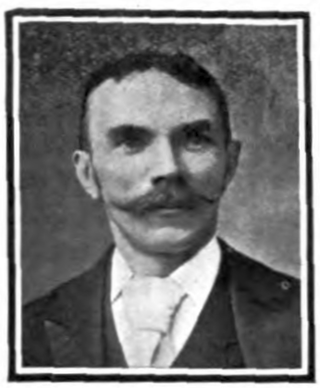
Frank Feller (1848–1908) was a Swiss artist who settled in England and made a career as an illustrator and painter. He was particularly well known as a painter of military scenes and as a painter of postcards.

Henry Matthew Brock was a British illustrator and landscape painter of the late nineteenth and early twentieth century. He was one of four artist brothers, all of them illustrators, who worked together in their family studio in Cambridge.

Alice Louisa Dudeney was an English author and short story writer. The wife of Henry Dudeney, a fellow author and inventor of mathematical puzzles and games, she used the style Mrs. Henry Dudeney for much of her literary career. She herself became a popular writer in her lifetime, who was often compared to Thomas Hardy for her portrayals of Sussex regional life. She had over fifty volumes of fiction published between 1898 and 1937.
Stanley Llewellyn Wood was a prolific Welsh illustrator who travelled widely. He was known for his portrayals of horses in action and also for his black-and-white illustrations for the Captain Kettle stories by C. J. Cutcliffe Hyne.
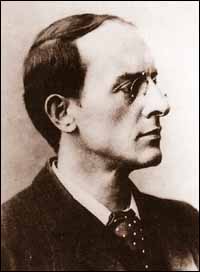
Walter Stanley Paget was an English illustrator of the late 19th and early 20th century, who signed his work as "Wal Paget". Paget held a gold medal from the Royal Academy of Arts, and was the youngest of three brothers, Henry M. Paget (eldest) and Sidney Paget, all illustrators.
Harry Collingwood was the pseudonym of William Joseph Cosens Lancaster, a British civil engineer and novelist who wrote over 40 boys' adventure books, almost all of them in a nautical setting.

Horace William Petherick (1839-1919) was an artist and illustrator, a violin connoisseur, and a writer. As an artist, four of his works are in public collections in the UK; as an illustrator, he illustrated over 100 books, some of which are still in print, and his work can be found in digital collections at the British Library, the Osborne Collection of Early Children's Books, and the Baldwin Library of Historical Children's Literature; as a violin connoisseur, he owned both a Stradivarius and a del Gesù; and as an author, three of his books are still in print.
John Archibald Webb (1866–1947) was a British painter and illustrator who illustrated over 150 books.
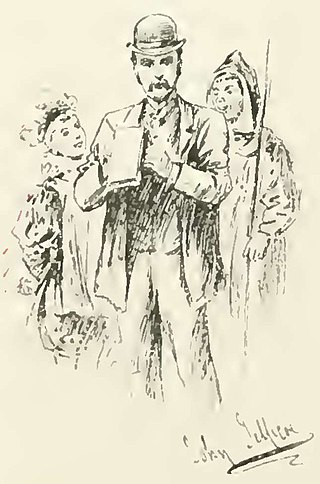
John Timothy Jellicoe was a British illustrator who produced large number of illustrations for newspapers and magazines as well as illustrating books and stories by a wide range of authors.
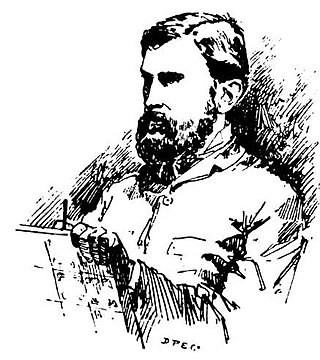
William Heysham Overend was a notable British marine artist and book illustrator who died prematurely in 1898.
William Rainey was a British artist and illustrator. He was a prolific illustrator of both books and magazines and illustrated about 200 books during his career. He also kept painting and exhibited his work frequently. Rainey also wrote and illustrated six books himself, one was a colourful book for young children, the other five were juvenile fiction.
Samuel Walkey was an English bank inspector, who used his spare time when travelling to write, and became a prolific author of boy's adventure fiction. Walkey wrote at least sixteen novels and hundreds of magazine stories. He contributed stories to magazines for more than 40 years.
James Ayton Symington was an English book and magazine illustrator from Leeds. He worked closely with the Leeds publisher Richard Jackson, but moved to London after his marriage in 1889.
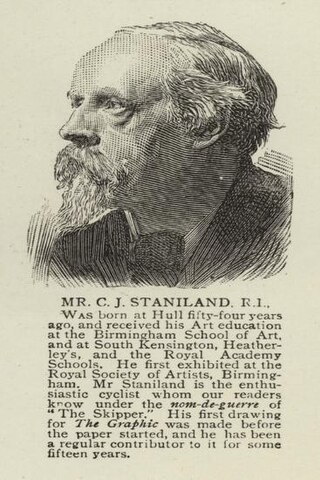
Charles Joseph Staniland was a prolific British genre, historical, and marine painter and a leading Social Realist illustrator. He was a mainstay of the Illustrated London News and The Graphic in the 1870s and 1880s.
Edward S. Hodgson was a Scottish artist, etcher, and illustrator who began a career on the sea, but after an injury, switched to art. He is probably best known as the illustrator of 17 boys' adventure books by Percy F. Westerman.





